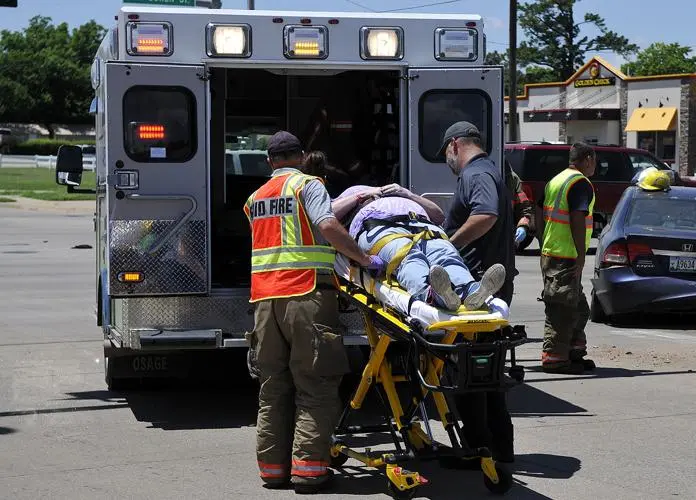When seconds count, a first responder’s medical kit is more than just a backpack it’s a life-saving toolkit. Whether responding to a car crash, a cardiac arrest, or a traumatic injury, EMTs and other emergency personnel rely heavily on their kits to deliver fast, effective care. But what exactly goes into these kits, and how are they used in real-world emergencies?
At MedTechKits, we specialize in providing high-quality clinical kits for EMT students and professionals. In this article, we’ll explore how first responders use their medical kits during emergencies and why having the right tools, organized and ready to go, can make all the difference.
What’s in a First Responder Medical Kit?
A well-stocked EMT kit includes a range of essential supplies designed to handle a variety of emergency scenarios. While contents may vary by training level (EMT-Basic vs. Paramedic) or protocol, most kits include:
- Airway management tools (nasal/oral airways, BVMs, suction devices)
- Bleeding control tools (tourniquets, trauma dressings)
- Diagnostic tools (stethoscope, blood pressure cuff, pulse oximeter)
- Splinting and immobilization gear (SAM splints, cervical collars)
- CPR mask or shield
- Notepad and pen for quick patient documentation
At MedTech, our EMT clinical kits are curated to ensure students have all the tools they need for hands-on training and real-life readiness without including medications or PPE.
1. Rapid Assessment and Airway Management
Upon arrival at an emergency scene, EMTs follow a structured approach known as the primary assessment checking for airway, breathing, and circulation. Some of the first items used may include a CPR mask, oral airways, or a bag-valve mask to support breathing.
In trauma cases or cardiac arrests, airway management is the top priority, and having tools within reach organized and familiar is essential.
2. Bleeding Control and Trauma Care
For patients with visible bleeding or trauma, first responders must act quickly. Tools like tourniquets and trauma dressings included in most clinical kits are essential for managing external bleeding.
While MedTech kits do not include gauze, they are designed to accommodate high-quality bleeding control supplies often required during training.
3. Monitoring and Documentation
Once the patient is stabilized, EMTs use tools like a blood pressure cuff, pulse oximeter, and stethoscope to assess vital signs. These readings guide treatment decisions and must be clearly documented.
That’s why every MedTech clinical kit includes a notepad and pen critical tools for charting findings, communicating with receiving facilities, and completing patient care reports.
Why Quality Kits Matter
First responders face unpredictable situations. A poorly stocked or disorganized kit can delay treatment or put patients and providers at risk. At MedTech, we work with EMS educators and industry experts to build kits that reflect real-world needs. Our EMT training kits are designed to:
- Support national curriculum standards
- Withstand the rigors of clinical use
- Offer reliable, high-quality supplies
- Help students transition confidently into fieldwork
Whether you’re a student just starting out or a training coordinator looking for trusted supplies, we’re here to help you stay ready for the real world of emergency response.
Final Thoughts
A first responder’s medical kit is more than a collection of tools it’s a resource that helps save lives. From airway management to trauma care and patient monitoring, EMTs rely on their kits during every step of emergency care. With the right tools, training, and support, they’re prepared to respond with confidence.
Ready to gear up? Explore MedTech’s full line of EMT clinical kits designed for students, built for emergencies.
Or call us at 844-800-8740 to learn more.

